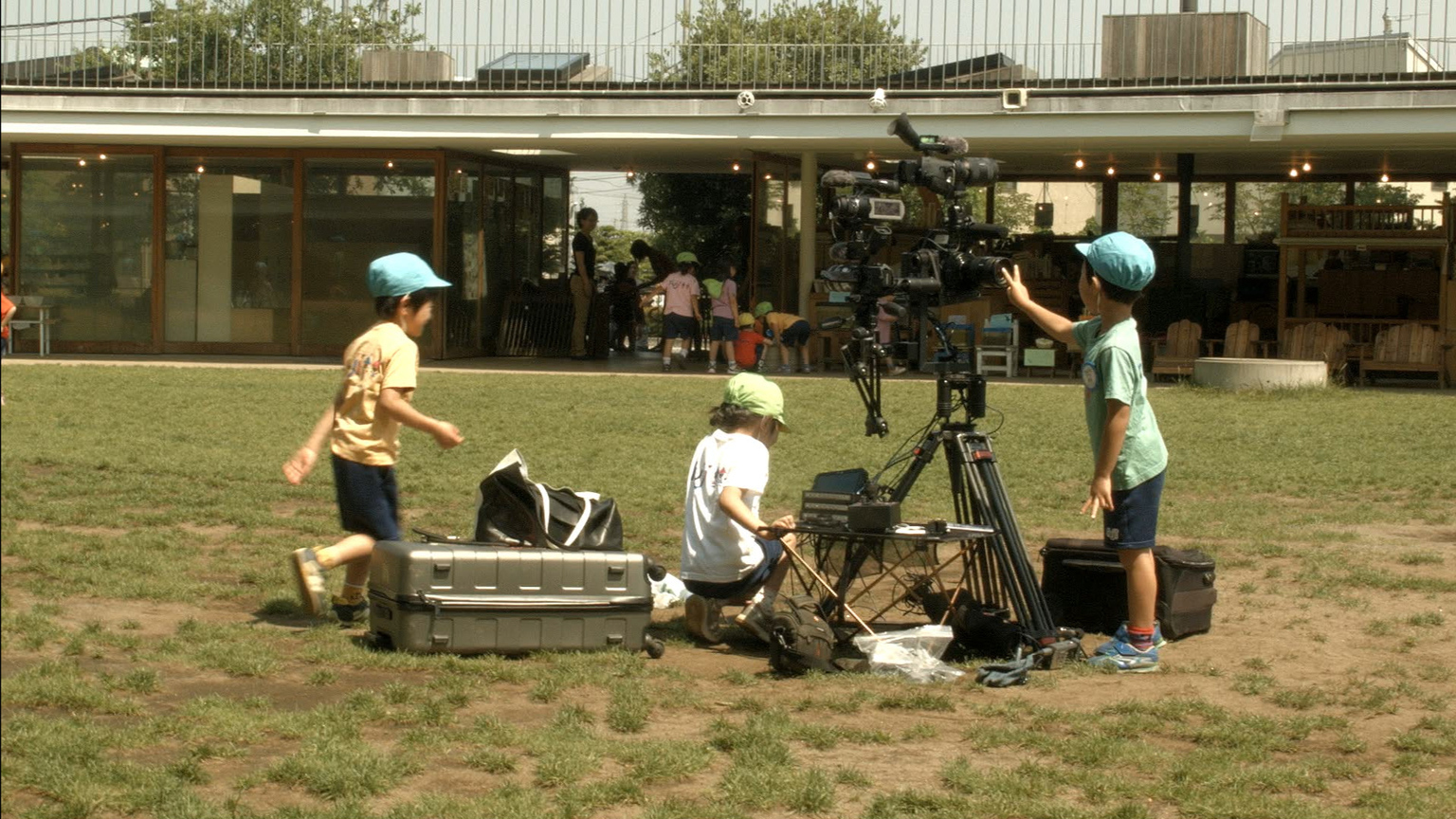Talk

Åpent forum: Eric Cazdyn
Eric Cazdyn is Distinguished Professor of Aesthetics and Politics at the University of Toronto.
The Blindspot Variations
This presentation will develop my ongoing exploration regarding the category of the blindspot. The blindspot can be conceptualized in many ways (from the unrepresentable to the impossible), but is almost always understood (in philosophy, art, psychoanalysis, politics) as something missing, as a kind of absence that structures what’s present and is "at the bottom" of things. My provocation is to push these assumptions beyond such depth models--so that the blindspot is also considered to exist on the surface of our world and, in some sort of time-warped way, as coming from the future. I have built what I call a blindspot machine, a rotating rig consisting of four cameras, each pointing in a different ninety-degree direction so that when viewing the footage of all four cameras (at the same time in four quadrants) a panorama is rendered, but one with blindspots. What's happening in those blindspots? How do they operate? And what might they teach us about how we look, how we desire, and how change occurs in the world? These questions will be explored by way of a “live film essay” in which the blindspot is not simply exposed (which is the violent desire of state surveillance), but produced. “To produce the blindspot,” it will be argued, can be understood today as a unifying principle of radical art, politics, and criticism.
Eric Cazdyn is Distinguished Professor of Aesthetics and Politics at the University of Toronto (located in the Centre for Comparative Literature and Department of East Asian Studies). He has written the following books: Nothing (Chicago, 2015); The Already Dead (Duke, 2012); After Globalization (Wiley-Blackwell, 2011); The Flash of Capital (Duke, 2002); as well as the novel A Thousand Non-Coincidences (2014). Cazdyn's research invariably revolves around the same problem: how the impossible (political, aesthetic, personal) is engaged…and how such engagements can enliven the world, effectively changing what is possible. Cazdyn also translates this scholarly obsession into a film practice by foregrounding the problem of the blindspot, for which he has built a unique rig intended to make blindspots rather than to expose them. This “blindspot machine”—together with the real time, over-narrations that accompany the screenings—is a direct intervention into the operations and discourses of surveillance as well as into the desires invested in the image more generally. Cazdyn is currently an Affiliated Fellow at the American Academy of Rome where he is developing the next variation of the blindspot project.